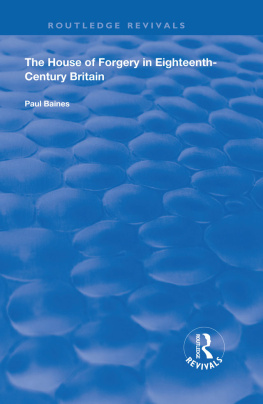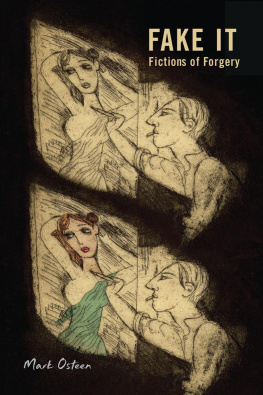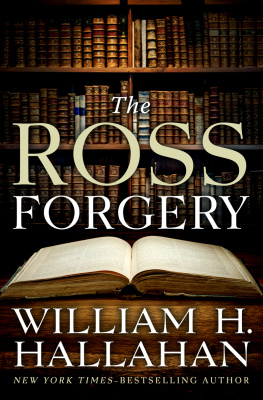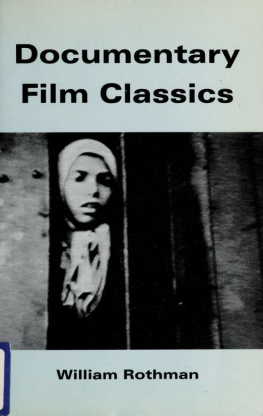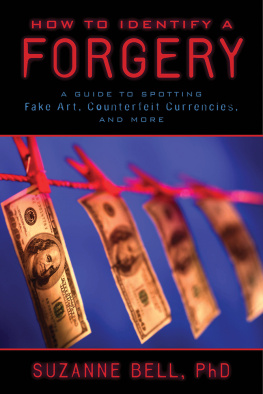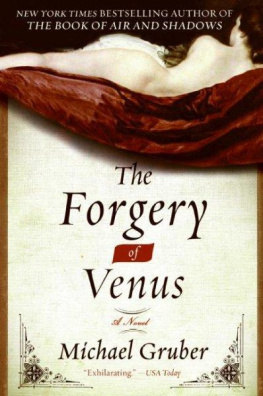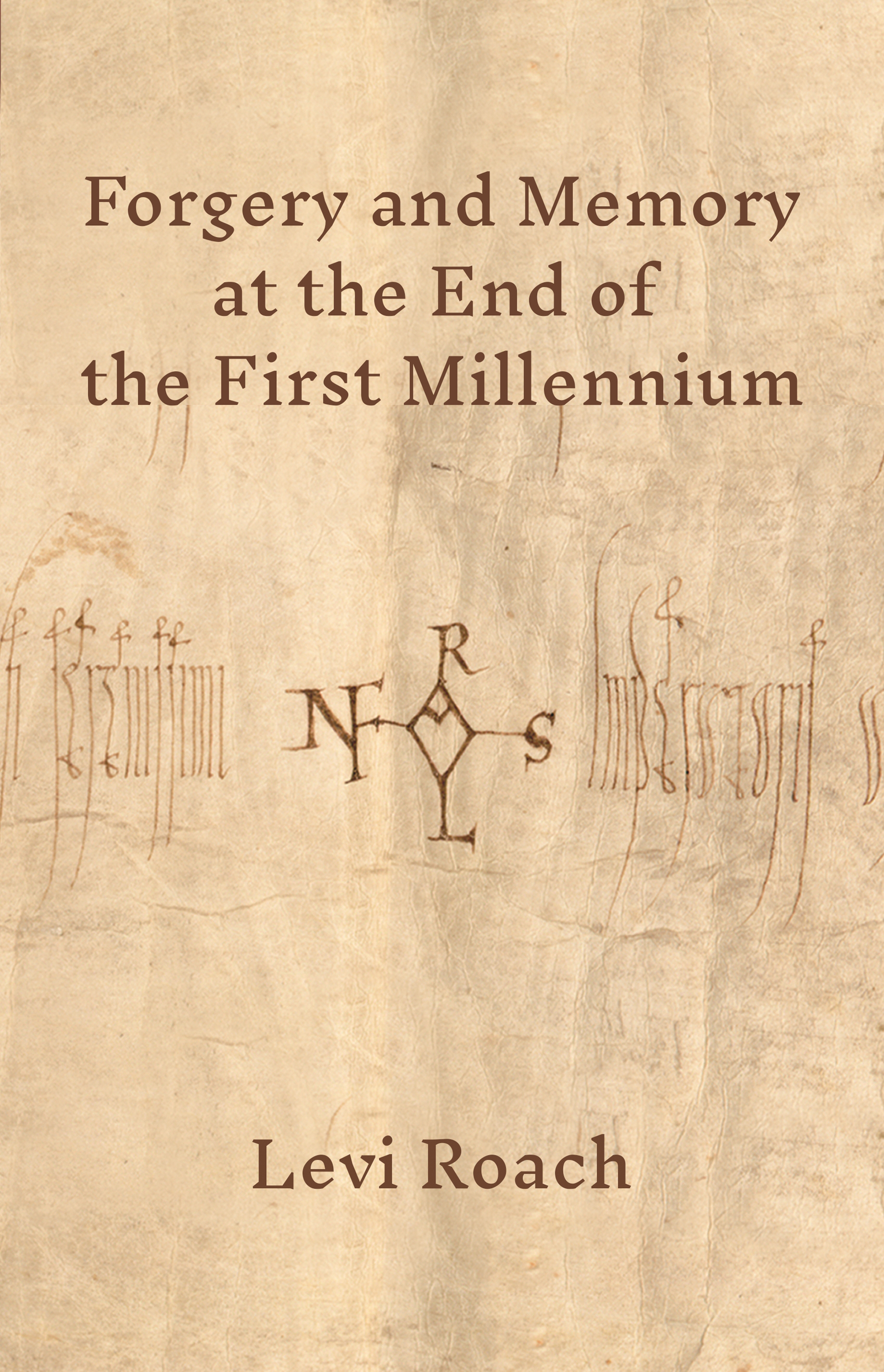FORGERY AND MEMORY AT THE END OF THE FIRST MILLENNIUM
Forgery and Memory at the End of the First Millennium

Levi Roach
PRINCETON UNIVERSITY PRESS
PRINCETON & OXFORD
Copyright 2021 by Princeton University Press
Requests for permission to reproduce material from this work should be sent to
Published by Princeton University Press
41 William Street, Princeton, New Jersey 08540
6 Oxford Street, Woodstock, Oxfordshire OX20 1TR
press.princeton.edu
All Rights Reserved
Library of Congress Control Number: 2020921533
eISBN 9780691217871
Version 1.0
British Library Cataloging-in-Publication Data is available
Editorial: Ben Tate and Josh Drake
Production Editorial: Natalie Baan
Jacket Design: Sara Pinsonault
Production: Danielle Amatucci
Publicity: Alyssa Sanford and Amy Stewart
Copyeditor: Francis Eaves
Jacket image: Pilgrims completion stroke on Arnulfs monogram BayHStA
For Cathy
CONTENTS
- ix
- xiii
- xv
- xvii
- xxvii
MAPS, TABLES AND ILLUSTRATIONS
Maps
- The bishopric of Worms, c. 970
- Passau the Bavarian episcopate, c. 970
- The bishopric of Vercelli and Ivrean march, c. 999
Tables
- Constituent parts of a later tenth-century diploma (D O I 310)
- Pilgrims preambles and their Carolingian model
- Opening protocol of the Gregory IV and Gregory V bulls for Fleury
- Details on abbatial election in the Gregory IV and Gregory V bulls for Fleury
Illustrations
- The Ottonian (Liudolfing) royal family
- The West Saxon royal family
- The West Frankish Carolingians
- The Robertians and early Capetians
- Otto I confirms Annos immunity
- Otto I confirms Richgowo in possession of tolls in Worms
- Otto II confirms Anno in possession of tolls and fiscal rights in Worms
- Latter part of the dating clause of Otto IIs confirmation of Annos toll and fiscal rights
- Otto II settles a dispute over forest rights in the Odenwald in favour of Worms
- Opening elongatae of Otto IIs Odenwald diploma and those of his earlier Magdeburg charter
- Diploma of Otto I in favour of Gumbert
- Otto IIs lost diploma granting Mosbach to Worms (reproduced from a modern photo)
- The first diploma of Pilgrim of Passau
- Pilgrims Charlemagne forgery
- Pilgrims Louis the Pious forgery
- Pilgrims Louis the Pious forgery and its imitative copy (detail)
- Passau tting forgery in the name of King Arnulf
- Pilgrims forged Arnulf immunity
- Pilgrims completion stroke on Arnulfs monogram vs that of an authentic diploma in his name
- Closing eschatocol of Otto IIs confirmation of Pilgrims possessions in the Wachau
- Monograms in Pilgrims Kremsmnster diplomas, as rendered in the Codex Lonsdorfianus
- The first copy of Pilgrims Niedernburg diploma
- Otto IIs grant of a residence in Regensburg to Frederick of Salzburg
- Closing eschatocol of Otto IIs confirmation of Pilgrims immunity
- The final (authorized) version of Pilgrims Niedernburg diploma
- Otto IIs grant of Ennsburg to Pilgrim
- thelred restores liberty to Abingdon
- Copy of a papal rota in the earlier version of the Abingdon cartulary-chronicle
- Witness-lists of the Eadwig and Edgar Orthodoxorum charters, as preserved in the earlier version of the Abingdon cartulary-chronicle
- thelred grants liberty to St Germans
- Pershore Orthodoxorum charter
- Other alpha-omega chrismons of the tenth century
- Eadreds purported confirmation of Downton and Ebbesborne to the Old Minster, Winchester
- Robert the Piouss diploma restoring Yvre to Fleury
- Script of Robert the Piouss Yvre diploma
- Alexander IIs confirmation of Fleurys exemption
- Earliest copy of Fleurys forged Gregory IV exemption
- List of emperors in an eleventh-century Fleury manuscript
- Script of the earliest copy of Fleurys forged Gregory IV exemption
- Erasure of Arduins name within Warmunds Arduin dossier
- Autograph (?) cross of Adelheids advocate
- Example of gaps and insertions in the judicial notice confirming Hugh of Tuscanys grant of Caresana
- Bishop Peters entries in the Vercelli martyrology-necrology (probable entries highlighted)
- Count Otto-Williams donation of Orco
- The dorse (reverse) of Arduin of Ivreas diploma for Tedevert
- Earliest copy of Charles the Fats notice for Vercelli
- Early imitative copy of Otto IIIs concession of comital rights to Vercelli
- Arduin of Ivreas grant of Desana to Cunibert
- Arduin of Ivreas grant to Alberic of Gassino
- Bishop Leos excommunication of Count Hubert the Red
- Twelfth-century copy of Henry IIs two diplomas for Vercelli
- Leo of Vercellis own working draft of Henry IIs diploma of 1014 1017 (alongside other additions in his hand)
ACKNOWLEDGEMENTS
DESPITE ITS POPULAR image, academic study is rarely a solitary pursuit. And if, as the old adage runs, it takes a village to raise a child, then it takes a department to write a monograph. I have certainly been more than fortunate in my department. It was with the advice of colleagues in the Department of History at Exeter that I was able to secure the funding which enabled the research and writing behind this book; and ever since, they have been a constant source of sage counsel and constructive criticism. Particular thanks go to Sarah Hamilton, who read multiple drafts of the original funding application; Simon Barton, who showed an early interest in the project (but sadly did not live to see its completion); and Helen Birkett, who has patiently listened to my (often inchoate) thoughts on memory and ecclesiastical identity in the early and central Middle Ages for over four years now.
The research behind the book was made possible by generous funding from the Arts and Humanities Research Council (project grant: AH/P01495X/1). This not only covered a spell of leave from teaching duties in 201719, but also enabled numerous archival trips. It is a truism that serious work on medieval documentary traditions must be undertaken at the archival coalface, and I am fortunate to have been able to spend so much of the last three years there. I also owe a great debt to those archivists across Europe who have opened their doors to me, in person or electronically. Particular thanks go to Kathrin Kininger, who made the Haus-, Hof- und Staatsarchiv in Vienna feel like a home away from home; Timoty Leonardi of the Archivio Capitolare in Vercelli, who eased my entry into the Italian archival scene; Patrizia Carpo of the Archivio Storico (Archivio del Comune) in Vercelli, who let me run riot on her documents, at literally no notice; and Laura Tos of the Archivio Storico Castello di Masino, who went out of her way to have a rare diploma of Arduin photographed on my behalf. At a time when politicians in this country seem determined to burn bridges with our European neighbours, the generosity of these kind souls has been a constant and welcome reminder that a better future is possible.
Thanks also go to the many colleagues who have assisted in the research process, especially whenas was frequently the caseI stepped outside my traditional areas of expertise. Giacomo Vignodelli, Henry Parkes, Thomas Kohl, Ed Roberts, Justin Lake, Geoff Koziol, Sarah Greer, Megan Welton, Jrgen Dendorfer, Christolf Rolker, Bjrn Weiler, Rory Naismith, Ross Balzaretti, Florian Dirks, Dominik Waenhoven, Guy Halsall, Susan Kelly, David Bachrach and Rutger Kramer all shared work-in-progress, thoughts or scans of hard-to-find publications. Simon Keynes, who first introduced me to the arcane world of charter criticism a decade and a half ago, helped secure images for reproduction during the difficult months of COVID-19 lockdown. Nick Vincent, David Bates and Ben Pohl assisted in my forays into French archival history and palaeography. And Bob Berkhofer generously shared his own thoughts on forgery on a number of occasions. I am similarly beholden to Fraser McNair for detailed comments on an early version of . Even greater is my debt to Sarah Hamilton and Ed Roberts (both thanked a second time now), who read through the entire manuscript with great care and attention. Few know their way around the Latin West in the tenth century as well as Sarah and Ed, and the book is much the better for their input. Thanks are also due to Princeton University Presss two readerswho subsequently revealed themselves to be Geoff Koziol and Conrad Leyserwhose perspicacity helped turn a rather rough draft into a much more polished finished product. Finally, many friends and colleagues have provided more informal support, encouragement and discussion along the way (frequently over tea or beer). I should especially like to thank Helen Birkett (again), Danica Summerlin, Johanna Dale and Jennie England.


